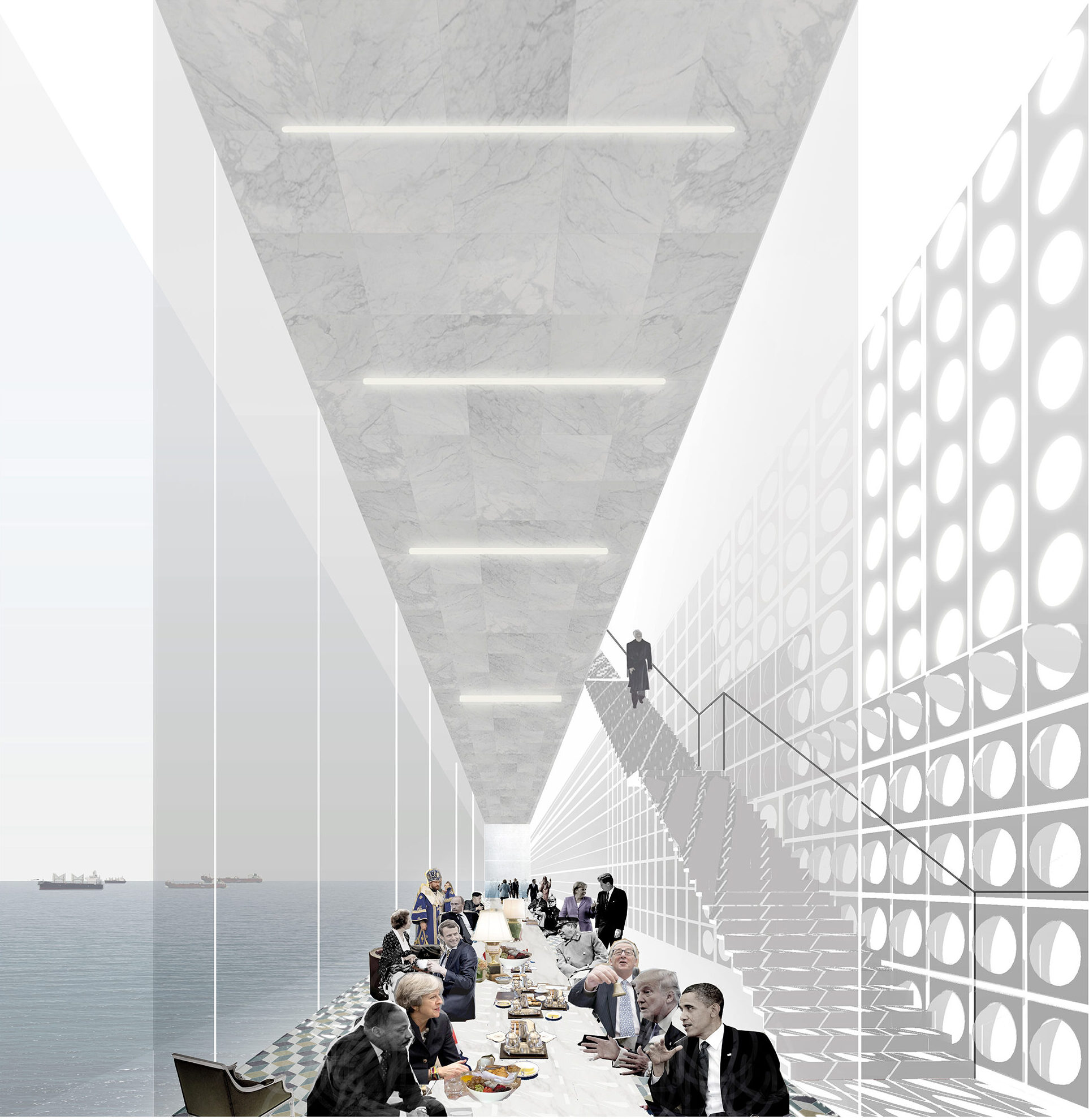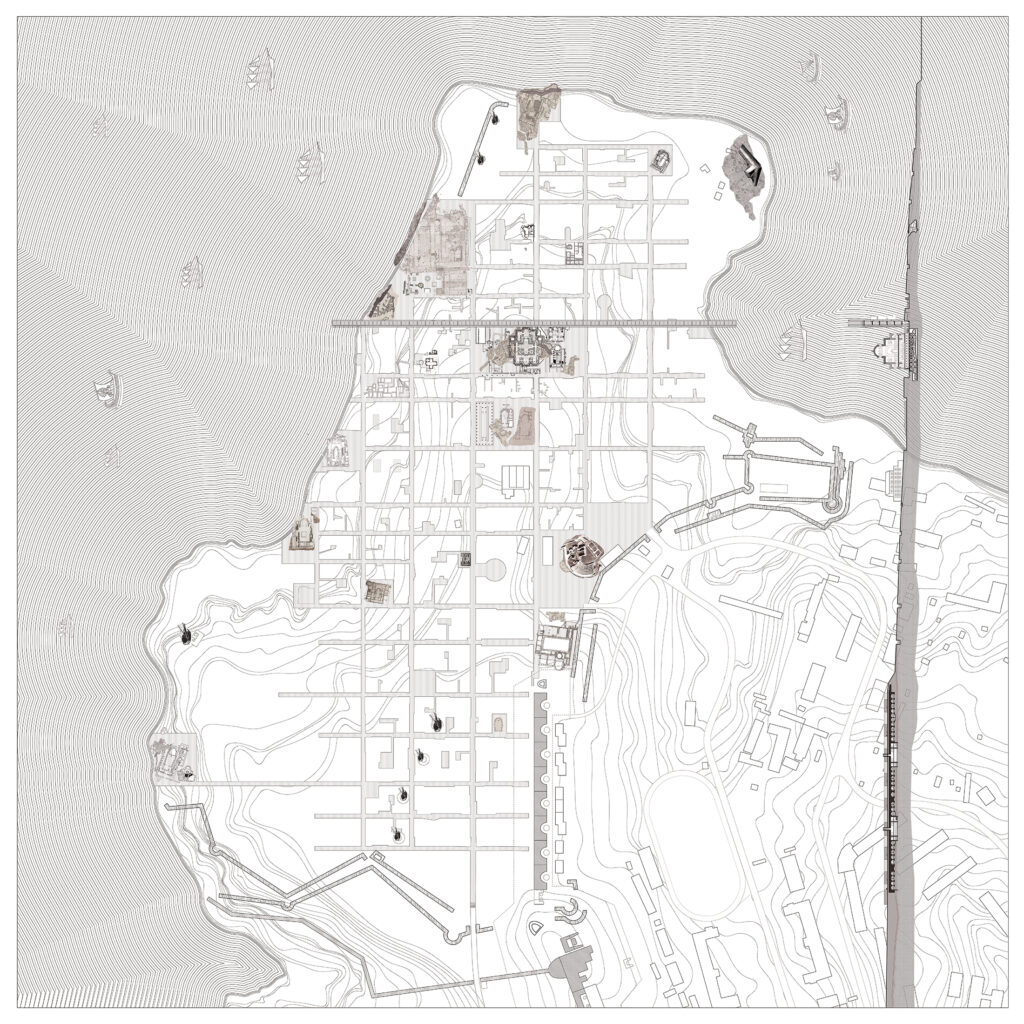Type: research and design
Function: counterpart to the UN Headquarters
Location: Sevastopol, Crimea, Ukraine
Year: 2018
The project examines the new opportunities emerging within the interlocking realms of politics and architecture. It explores the role architecture can play in absorbing conflict situations in a divided society. Not by aiming for a consensus but through mutual understanding for different world views.
The growth of the European Union and the ambitions of the Russian Federation have plunged the Crimean Peninsula into the greatest geopolitical crisis since the Cold War. The ensuing socio-political upheavals set the stage for a research project close to my origins and inner world. Could Crimea, instead of being a zone of avoidance it is now, become a driving force for the conflicting systems?
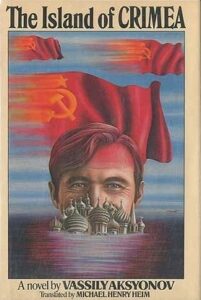
Written in 1979, Vassily Aksyonov’s “The Island of Crimea” imagines an alternative history (abetted by alternative geography—Crimea is a peninsula).
With changes in our societies, media, family culture, educational institutions, economic and political systems have changed and our conflicts in the world political arena. Hugo de Groot was the first to describe the ‘Casus Belli' the act or event that is used to justify war. The assumption, on which the legislation of a war or conflict is based, is that you always can tell good from the bad. Whereas in current conflicts, and probably in all conflicts and in all times, everybody sees themselves as right and the other as wrong, but more and more often conflicts about the land involve not two, but more parties with opposing opinions.
United Headquarters, as a world peacekeeper confirms to have issues meeting demands of contemporary conflicts and changing political landscape, which is why there is a talk about the need for the creation of UN reforms and rapid reaction force.
Though how to act in a conflict situation where there are many opposing definitions of what is good?
Those hierarchical decisions hardly have any impact anymore. If we desire an end to a conflict, we must provide an arena where differences can be confronted.
As our societies transform, our interactions within the world’s political arena also change. Conflicts have become increasingly more complex. They are now more visible than ever, hardly ever just local but nowadays linked directly to global politics. The United Nations, as the world’s peacekeeper, admits failure reacting to the challenge of contemporary conflicts and changes in the political landscape. Hierarchical decisions hardly have any impact anymore. This has lead to talks about the need for UN reforms, and the creation of a rapid reaction force. If we desire an end to a conflict, we must provide a neutral arena for conflict/disagreement.
Historically both trade and conflict have played a large role in creating a cultural exchange and fostering collective knowledge. An archetype, which simultaneously represents dispute, trade and culture, is the Greek Agora. As a combination of Crimean characteristics, a contemporary agora is introduced - a counterpart to the UN Headquarters - Un-United Nations Headquarters. Realizing the impossibility in ‘the political’ of stable (final) unity and the inevitability of potential conflicts, instead of the utopian idea of stability, this project proposes to use a perpetual instability, a constantly renegotiated temporariness. Un-UN is a neutral arena for disagreement, providing ground for the discussion on the morality of the opposed political systems.
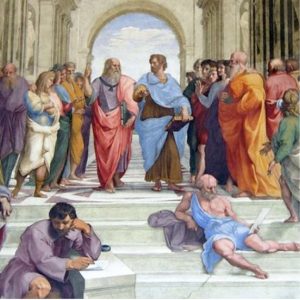
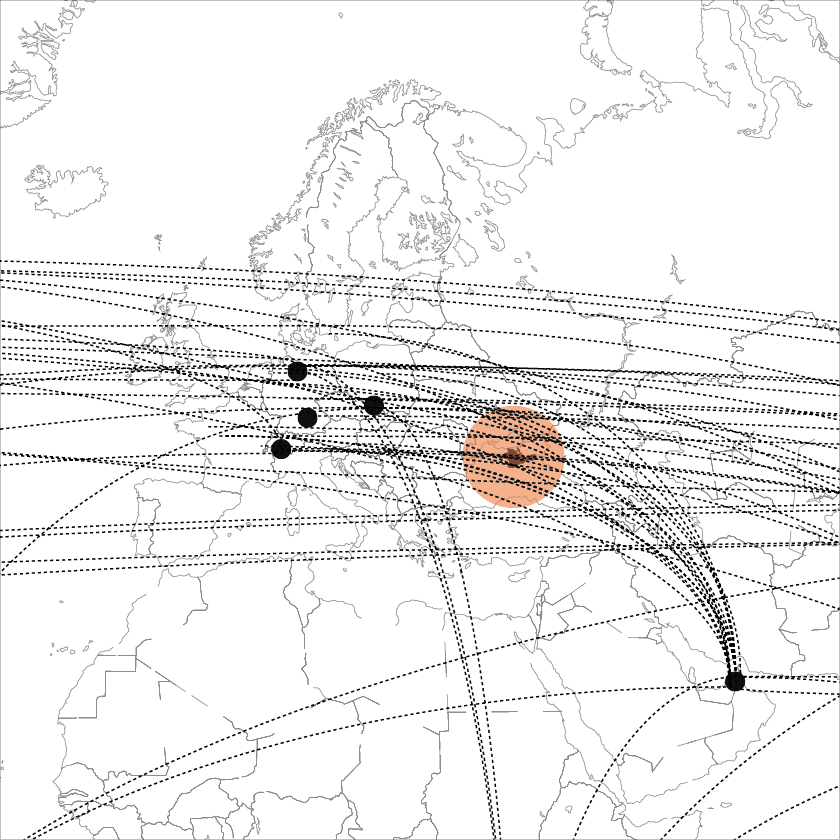
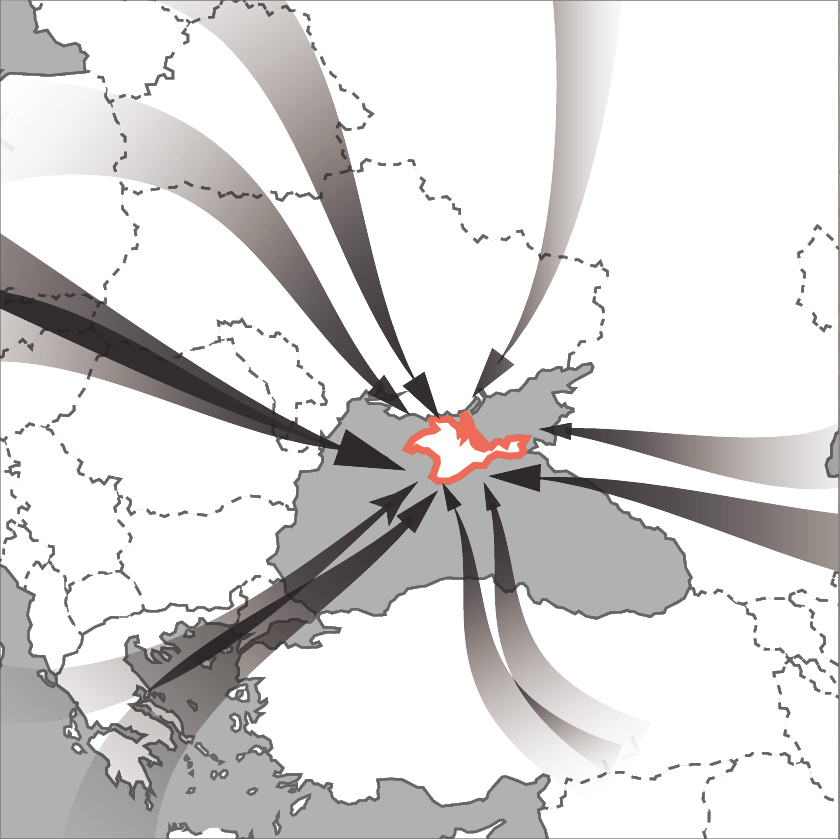

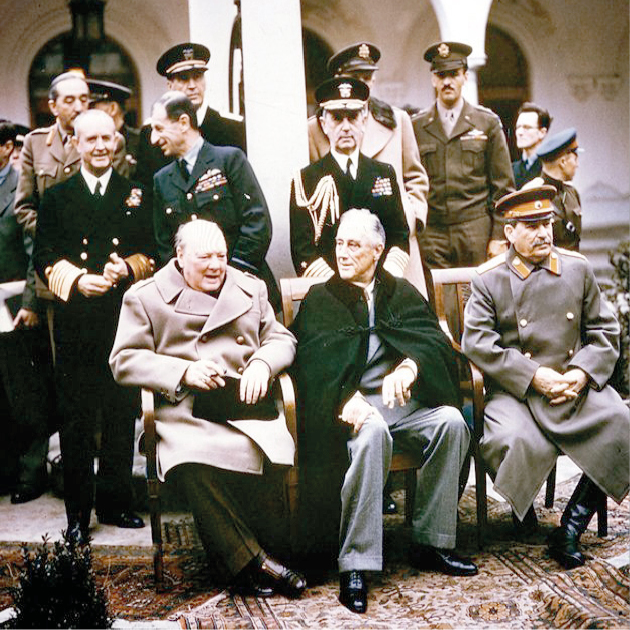
political and cultural leaders.
1945, Crimea meeting of world political leaders on the creation of the United Nations. Churchill, Stalin, Roosevelt.

4BC, Greek city, based on a democratic perpendicular grid.
It will bear the marks of many different regime changes and conflicts.
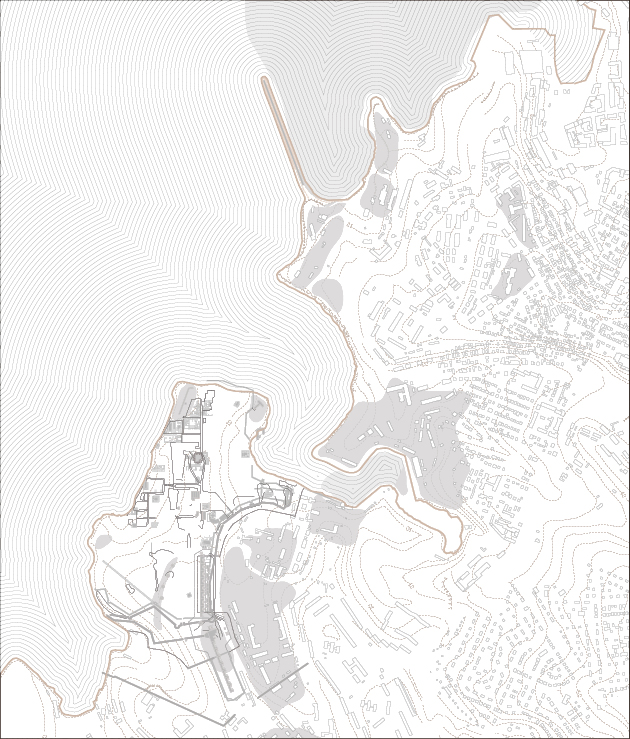
Bay, Crimea)
The site is surrounded by military facilities (shown in grey).
The naval base is one of the main reasons for the dispute.
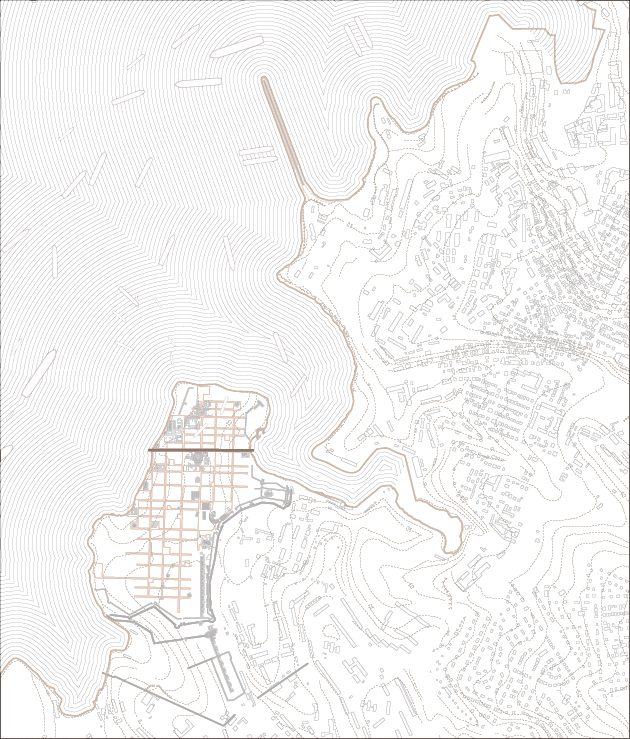
Transformation of the naval base into the trade port.
Creation of Un-UN to help other territories with disputes.

